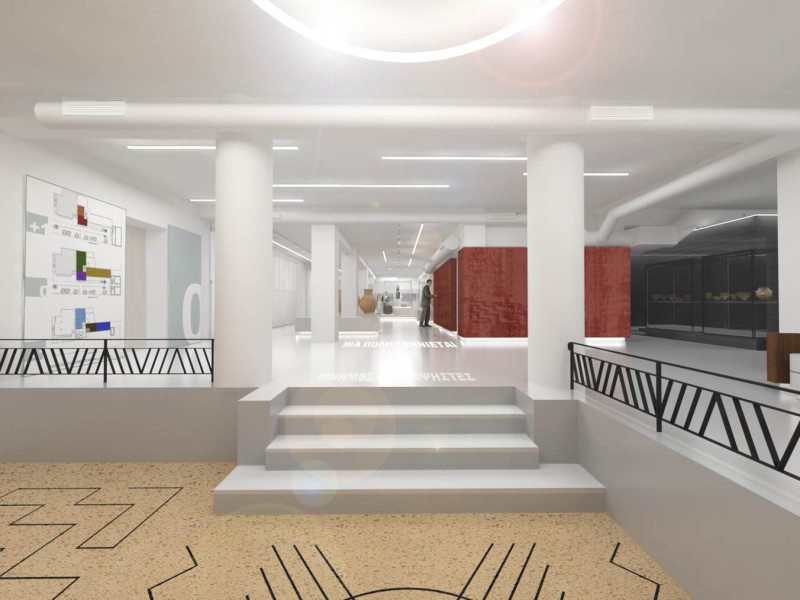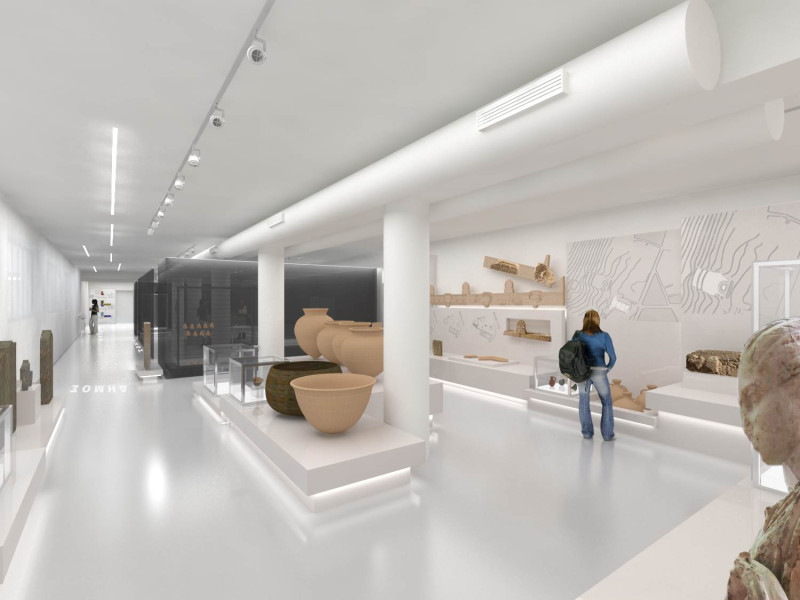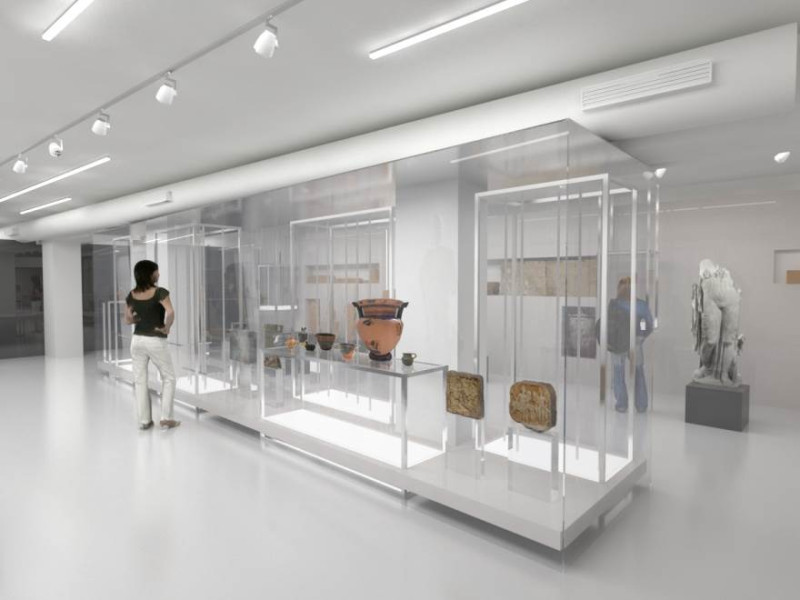Argos acquires model museum infrastructures and now joins the map of dynamic cultural destinations
The procedures to complete its re-exhibition are progressing rapidly Archaeological Museum, in Argos. Very soon the city acquires a Museum of modern standards, commensurate with the cultural stock of the region.
As stated by the Minister of Culture and Sports, Lina Mendoni“Following the modern principles of organizing a museum space, the history of Argos is highlighted in its long history. Through the exhibition narrative, the visitor follows a path that allows him to understand the complex political and social history of the ancient city. The fact that the Museum is developed in the now restored buildings of two different chronological periods and architectural styles, the neoclassical Kallergi house and a building of the modern movement, acquires its own special interest. With the renovated Archaeological Museum, the Byzantine Museum in the adjacent barracks of Kapodistrias and the Epigraphic Museum, which is also planned to be housed in the same building complex, Argos acquires model museum infrastructures and now joins the map of dynamic cultural destinations. The cultural identity of the city emerges in the long history, while the city acquires a significant development advantage».
The building complex of the Archaeological Museum of Argos consists of two buildings, each of a different era and architectural style. One is the historical neoclassical architecture residence of general Dimitrios Kallergis, built in 1830. Next to the Kallergi house is the second building, built in 1959, by the Russian architect, Youri Fomine. It is a building of the modern movement, with simple geometry and rough details, intended for Museum use. As part of the project to modernize the building envelope, with a total budget of 3,099,673 euros, included in the Regional Operational Program “Peloponnisos 2014-2020”, the Kallergi Building gathers additional functions of the Museum, while the exhibition spaces occupy the spaces of the most modern building. The building has three levels, ground floor, basement and first floor. The exhibition spaces of the Museum are developed on all three levels, accessible also by the disabled. A connection to the Kallergi building and access to the outside area of the atrium is planned.
The museographic design aims to serve the general principles of organizing a museum space with a unified treatment and functional coherence of the whole, modern equipment, comfortable movement, safety and universal accessibility of the public. The transfer of the idea of the historical and archaeological palimpsest to the space, uses as tools the exposure of the finds at different levels, the transparency of the constructions which enhances the possibility of visual communication between the thematic units, as well as the possibility of reading the archaeological material in perspective , through visual interaction, integration of digital technologies into exhibition constructions (audio exhibits, interactive applications, etc.).
The exhibition includes findings (mainly pottery and sculpture) from prehistoric periods up to Roman times, from the city of Argos (prehistoric settlement of Aspida, Mycenaean cemetery of Deirada, ancient market, ancient theater, Roman baths), as well as from Lerna. The Ephorate of Antiquities of Argolis is responsible for the re-exhibition project.
Source :Skai
I am Frederick Tuttle, who works in 247 News Agency as an author and mostly cover entertainment news. I have worked in this industry for 10 years and have gained a lot of experience. I am a very hard worker and always strive to get the best out of my work. I am also very passionate about my work and always try to keep up with the latest news and trends.












